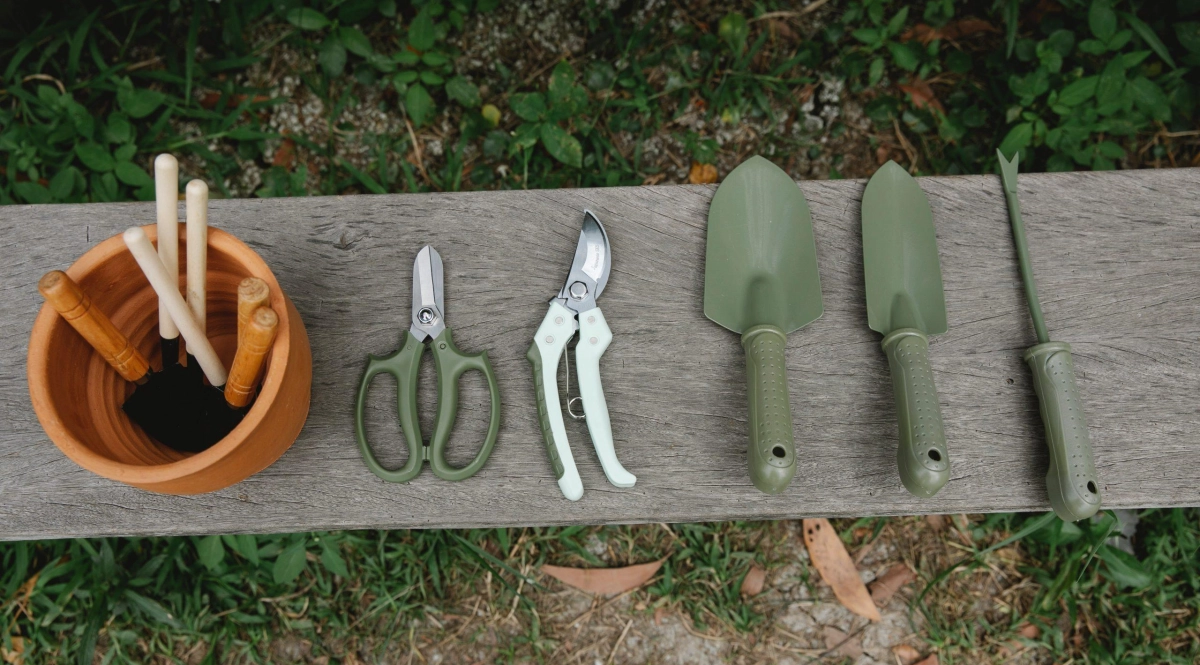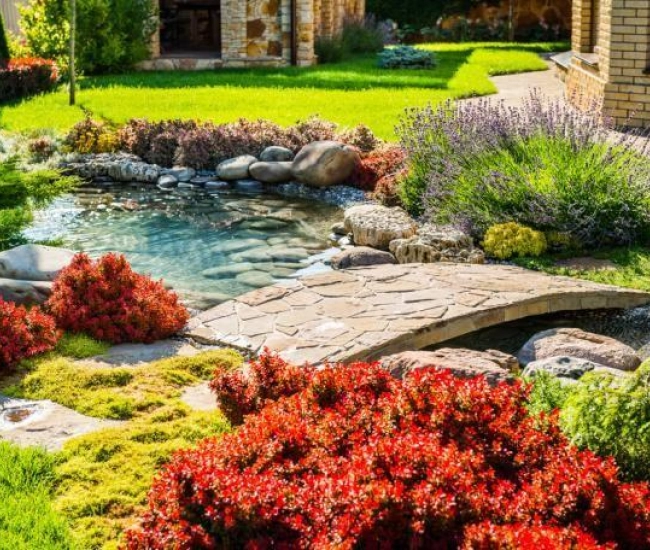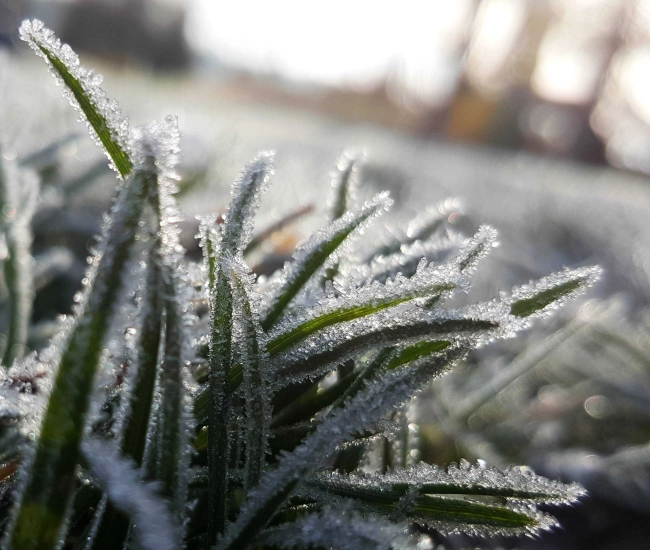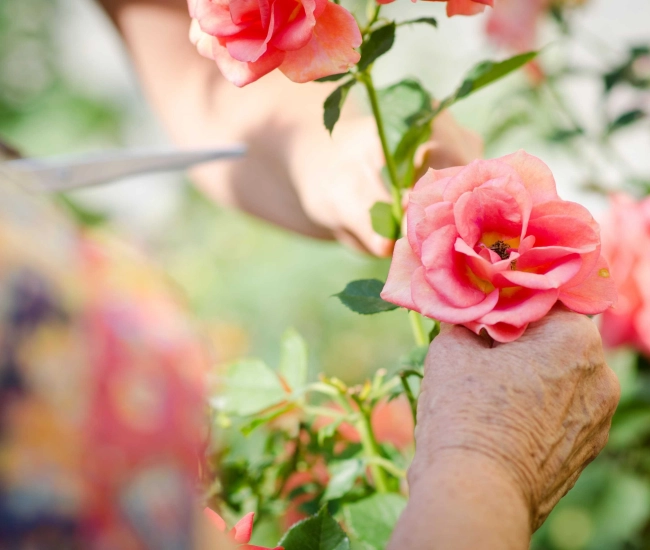
Gardeners, grab your shovels! Spring has finally arrived. What happiness and joy to see the lawn turn green again, the trees budding, and the spring bulbs timidly emerging from the ground, and how we can’t wait to get our hands in the soil... But where to start? Here is a small guide to help you execute your spring tasks.
Step 1 – Removing Winter Protections
For regions with a hardiness zone of 4 to 5, early April is the time to remove winter protections. Burlap, fabric, netting, ropes, and rose cones can find their way back to the garden shed. For regions further north (zones 2 to 3), it is better to wait until the end of April to uncover your plants. Non-hardy roses that required protection should keep their mounds for some time after removing the cones (2 to 3 weeks) to protect their grafts from late frosts.
Step 2 – Pruning
With clean and well-sharpened pruning tools, it’s time to carry out some spring pruning such as:
- Cutting dead or damaged branches from trees, shrubs, and conifers
- Cutting grasses and other perennials that were not pruned in the fall
- Cutting branches that cross or grow inward on trees, shrubs, and roses
- Pruning and reshaping summer-flowering shrubs (beware not to prune spring-flowering shrubs)
- Pruning conifers should ideally be done in June when new shoots develop
- Pruning and reshaping hedges

Step 3 – Cleaning the Yard and Lawn
Don’t be too hasty to rake or dethatch the lawn. Although less aggressive than the hard-toothed rake, the leaf broom can damage the grass if used too early when the soil is not sufficiently dried. You will pull up small patches of grass that will quickly be replaced by weeds (which is not desirable). After thorough weeding, it’s time to spread compost around the plants. A forest compost helps loosen clay soils and ensure good water retention in sandier soils.

Step 4 – The Vegetable Garden
Some cold-tolerant vegetables can be sown in the garden (radishes, lettuce, spinach, carrots, peas, beets). Do not dig the soil deeply, just break the surface and add a good layer of compost in the sections that will receive nutrient-hungry vegetables such as tomatoes, peppers, cucumbers, and squash. Don’t forget the herbs and edible flowers that are essential for attracting pollinators and repelling pests.

For more advice, visit a Passion Jardins retailer near you. Happy gardening!
Text: Hélène Baril – Horticulturist, speaker & author
```
Tips and advice



